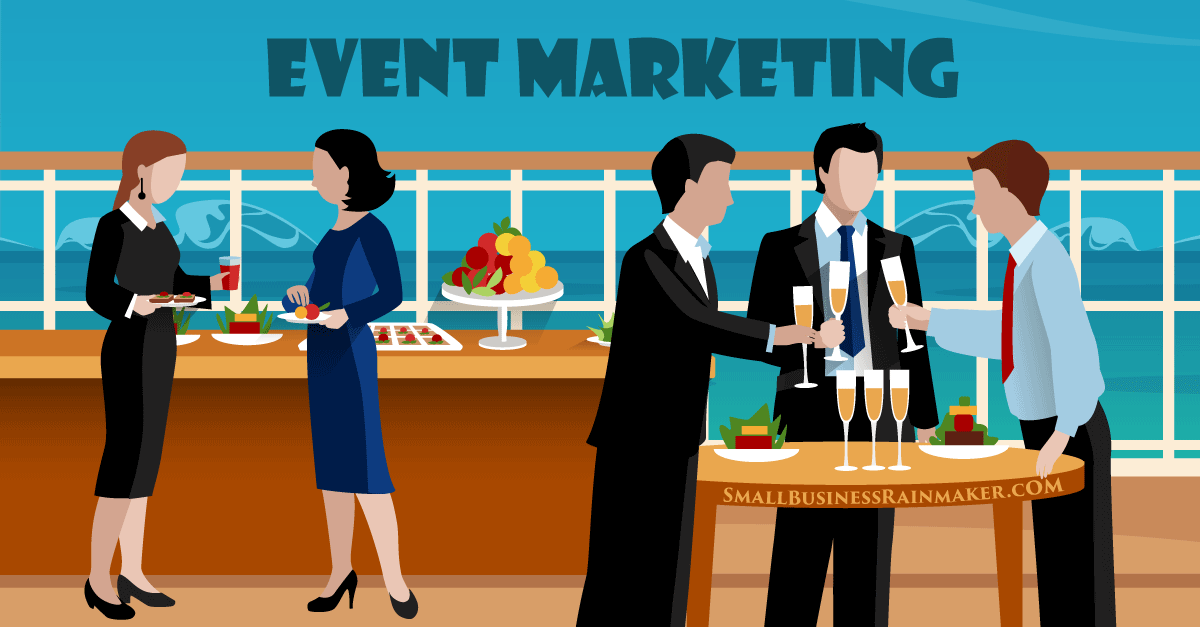
Welcome to our comprehensive guide on hosting successful in-store events! In today’s competitive retail landscape, creating memorable experiences for your customers is crucial for driving foot traffic, increasing sales, and building brand loyalty. In-store events provide a unique opportunity to engage with your audience on a personal level, showcase your products, and create lasting connections. In this blog post, we’ll dive into the essential steps for planning and executing successful in-store events that leave a lasting impression on your customers.
Why Host In-Store Events?
In-store events offer a multitude of benefits for retailers, including:
- Driving Foot Traffic: Hosting events can attract new customers to your store and encourage existing ones to return.
- Product Promotion: Events provide an excellent platform to showcase new products, launch promotions, and drive sales.
- Building Community: In-store events create a sense of community around your brand, fostering relationships with customers and increasing brand loyalty.
- Personalized Experience: Events allow for one-on-one interaction with customers, providing a personalized shopping experience that online retailers can’t replicate.
- Generating Buzz: Well-planned events can generate excitement and buzz around your brand, leading to increased social media engagement and word-of-mouth marketing.
Planning Your In-Store Event:
- Define Your Goals: Determine what you hope to achieve with your event, whether it’s driving sales, increasing brand awareness, or building customer loyalty.
- Know Your Audience: Understand your target audience and tailor your event to their interests and preferences.
- Choose the Right Theme: Select a theme or concept that aligns with your brand and resonates with your audience.
- Select Date and Time: Consider factors such as the day of the week, time of day, and any competing events when choosing the date and time for your event.
- Promote Your Event: Utilize a mix of marketing channels, including social media, email newsletters, and in-store signage, to promote your event and generate excitement.
- Plan Activities and Entertainment: Determine what activities, demonstrations, or entertainment you’ll offer during the event to keep attendees engaged.
- Prepare Your Staff: Train your staff to provide exceptional customer service during the event and ensure they’re knowledgeable about your products and promotions.
- Set Up Your Space: Arrange your store layout to accommodate the event activities and create an inviting atmosphere for attendees.
- Follow Up: After the event, follow up with attendees to thank them for their participation and gather feedback for future events.
Examples of Successful In-Store Events:
- Product Launch Parties: Host a launch party to introduce new products to your customers and offer exclusive discounts or giveaways.
- DIY Workshops: Offer hands-on workshops or demonstrations related to your products, such as cooking classes for a kitchenware store or DIY home décor workshops for a home goods retailer.
- Meet-and-Greets: Invite local influencers, artists, or authors for meet-and-greet events to attract their followers and create excitement around your brand.
- Seasonal Celebrations: Host seasonal events tied to holidays or local festivals, such as a Halloween costume contest or a spring gardening workshop.
Conclusion:
In-store events are a powerful tool for retailers to connect with their customers, drive sales, and build brand loyalty. By following the steps outlined in this guide and getting creative with your event planning, you can create memorable experiences that keep customers coming back to your store again and again. Ready to make your next in-store event a success? Get started today!

Leave a Reply